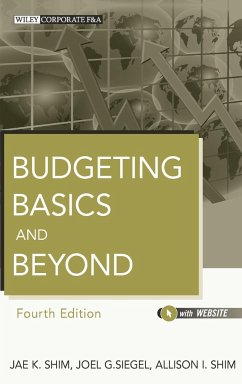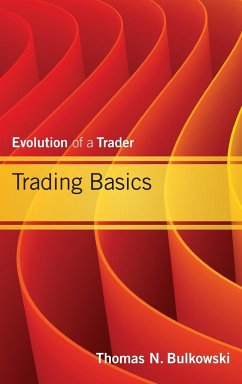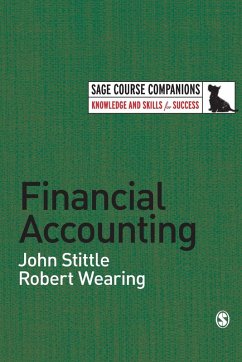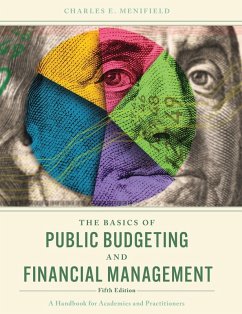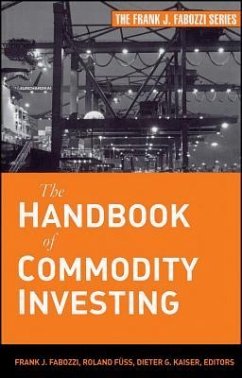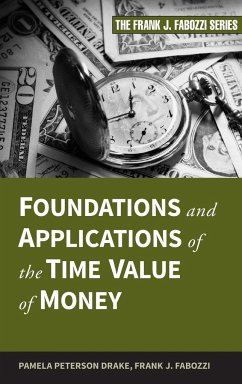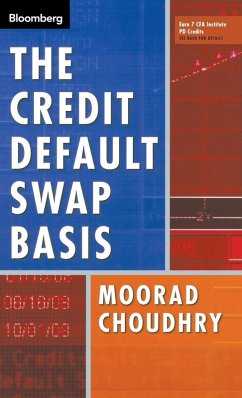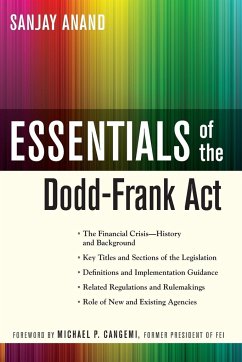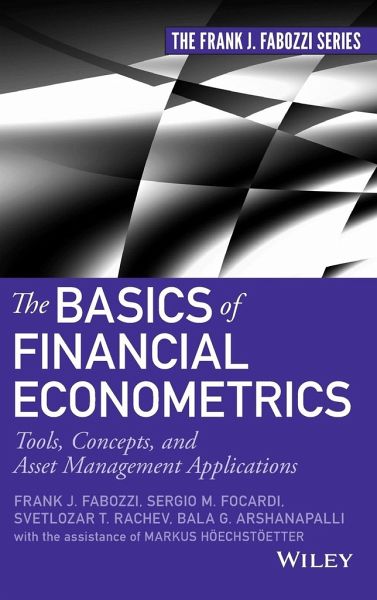
The Basics of Financial Econom
Versandkostenfrei!
Versandfertig in über 4 Wochen
96,99 €
inkl. MwSt.
Weitere Ausgaben:

PAYBACK Punkte
48 °P sammeln!
An accessible guide to the growing field of financial econometrics As finance and financial products have become more complex, financial econometrics has emerged as a fast-growing field and necessary foundation for anyone involved in quantitative finance.
The BASICS of FINANCIAL ECONOMETRICS With the growth in quantitative finance, financial econometrics has emerged as a vitally important field, providing the analytical models to address complex financial product structures, valuation, and risk assessment. The Basics of Financial Econometrics covers the commonly used techniques in the field without using unnecessary mathematical or statistical proofs and derivations, and with a clear emphasis on basic ideas and how to apply them. Financial econometrics is an indispensable component to modern finance and a crucial body of knowledge for financial professionals. The Basics of Financial Econometrics addresses the key relationship between econometrics and quantitative finance, and provides practical examples that use real-world financial data. Areas covered include: * Building financial models * Asset pricing * Derivative pricing * Portfolio allocation * Hedging strategies * Model selection * Strategy development Written for both seasoned financial professionals and advanced students of finance, The Basics of Financial Econometrics provides a complete, real-world overview that provides a strong foundation in financial econometrics.






